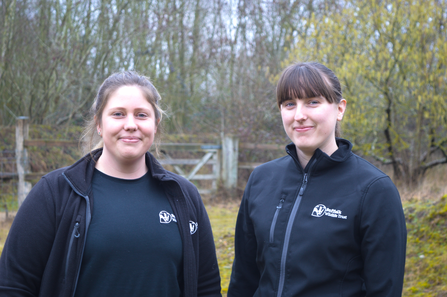On Thursday 3rd July, Lackford Lakes volunteers Paul and David carried out a summer survey of butterflies on the reserve. During the hour-long survey they counted 15 species and a total of 233 individual butterflies.
Species spotted include speckled wood and the brown argus – the latter of which is particularly vulnerable to habitat loss and degradation, but are regularly seen at Lackford Lakes, Carlton Marshes, and a number of our nature reserves.
Again, I've taken out the reference to these being rare - but kept in about the Brown Argus and habitat loss
Becky Smith, West Suffolk Warden at Suffolk Wildlife Trust, said: “The warm weather is likely a factor in the butterfly boom – they are cold-blooded insects and therefore warmer temperatures can help them to be more active for feeding and reproducing.
“A wet spring – like we had in 2024 – can hugely affect the butterfly life-cycle and therefore result in fewer numbers over the summer.


